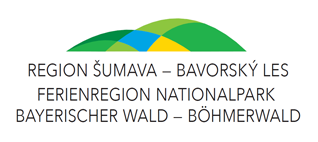Frauenau – History
The lay brother Hermann journeyed from Niederaltaich Abbey to the affiliated monastery in Rinchnach before he discovered this “valley of wild meadows”. He then commenced with clearing work and ultimately founded the settlement of Frauenau in 1324.
After Hermann’s death in 1326, Hartwig von Degenberg built a wooden chapel in 1331 for a picture of the pained Virgin Mary which was thought to be miraculous (Pietà). From that point on, he named the valley “Augea Sancta Mariae” – in German: “Unserer Lieben Frauen Aue” or “Our lady’s meadows”.
This marked the start of a pilgrimage tradition here which blossomed over the centuries that followed.
After the demolition of the gothic Krumenauer-built church from 1396, a magnificent rococo church was opened in 1767 which still graces the townscape today, complete with a miraculous image of the Virgin Mary crowning the building’s interior.
Glassmakers were also attracted to the area from early on due to the plentiful forests surrounding the town.
The first glassworks mentioned in documents appear in around 1420, and over time numerous other forest glassworks emerged in the woodlands surrounding Frauenau. The glassworks’ need to constantly move locations due to their excessive wood consumption earned these constructions the nickname “flying huts”.
Nowadays, only two glassworks continue to operate in the town, though both still produce authentic, mouth-blown Bavarian Forest glass. These are the Glasmanufaktur von Poschinger, which is steeped in 450 years of history, and the Glashütte Eisch, a family-run company in its third generation which made its name internationally through the glass artist Erwin Eisch.
The local Nachtmann Group glass factory (formerly the Krystallglasfabrik Isidor Gistl), belonging to the Austrian Riedel glass company, produces glass using machines.
In addition to pilgrimages and glass production, tourism also emerged in the 20th century as an important source of income for the town.
